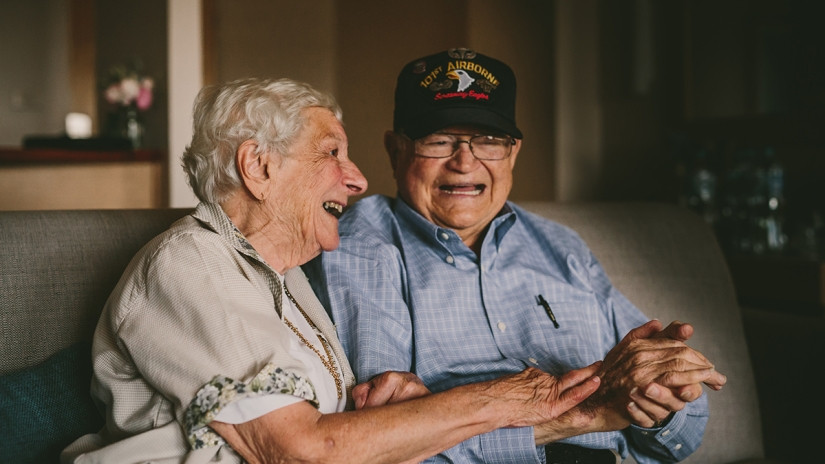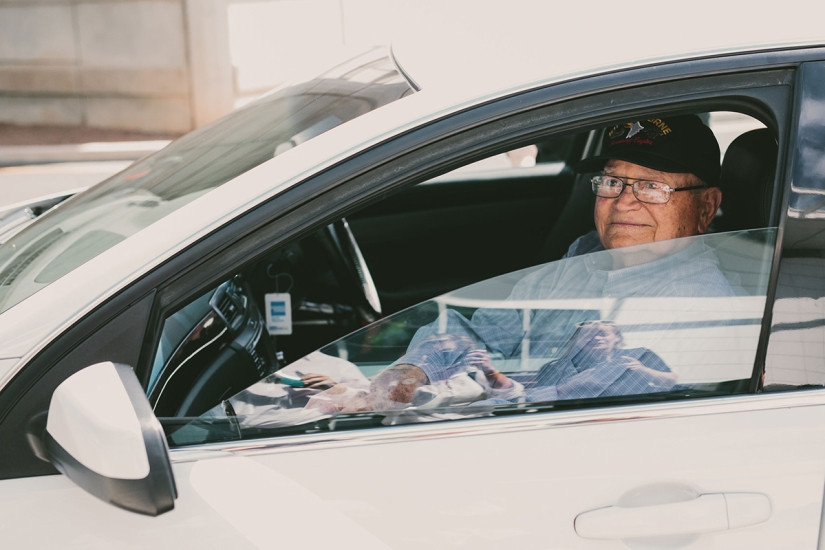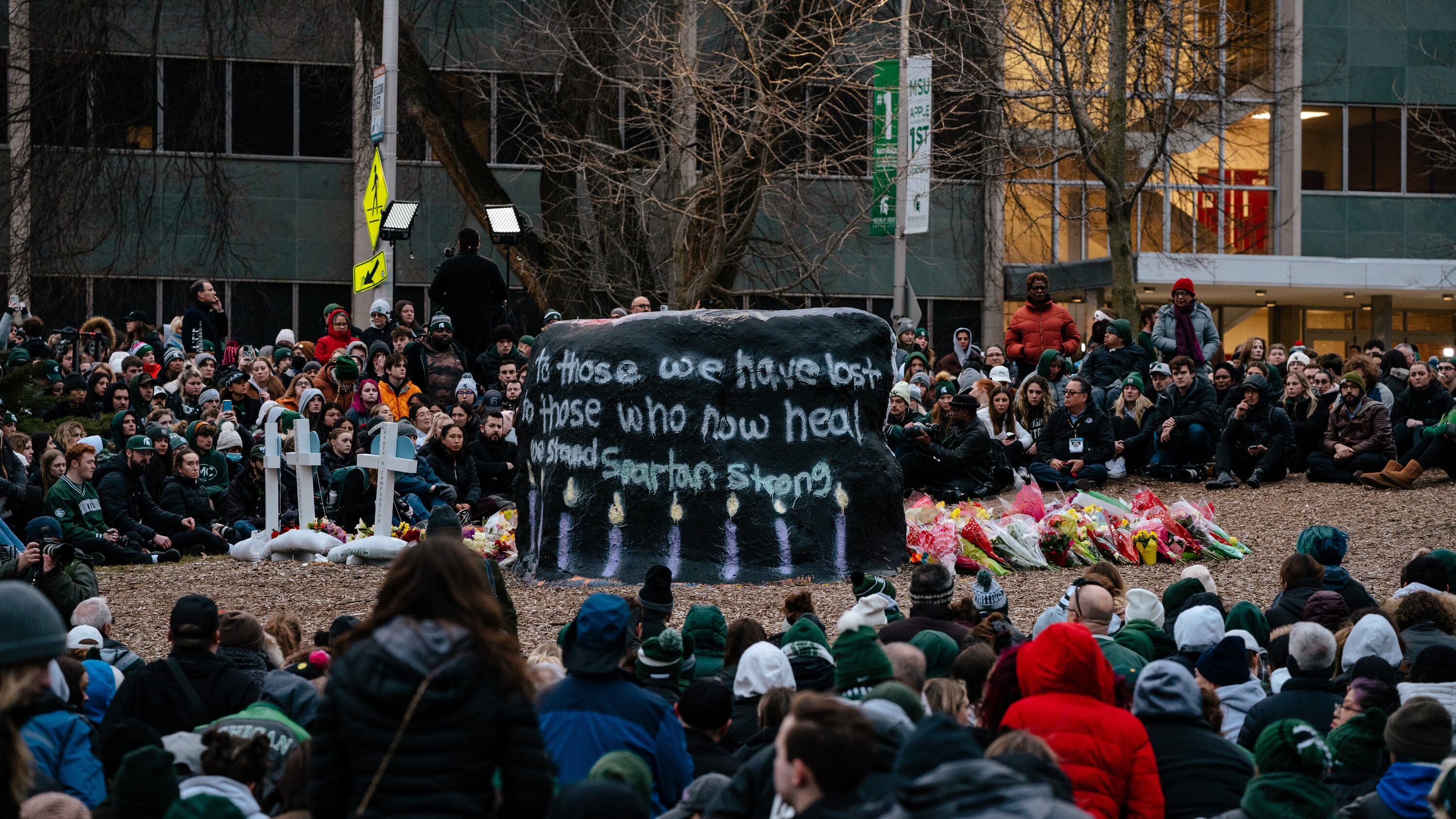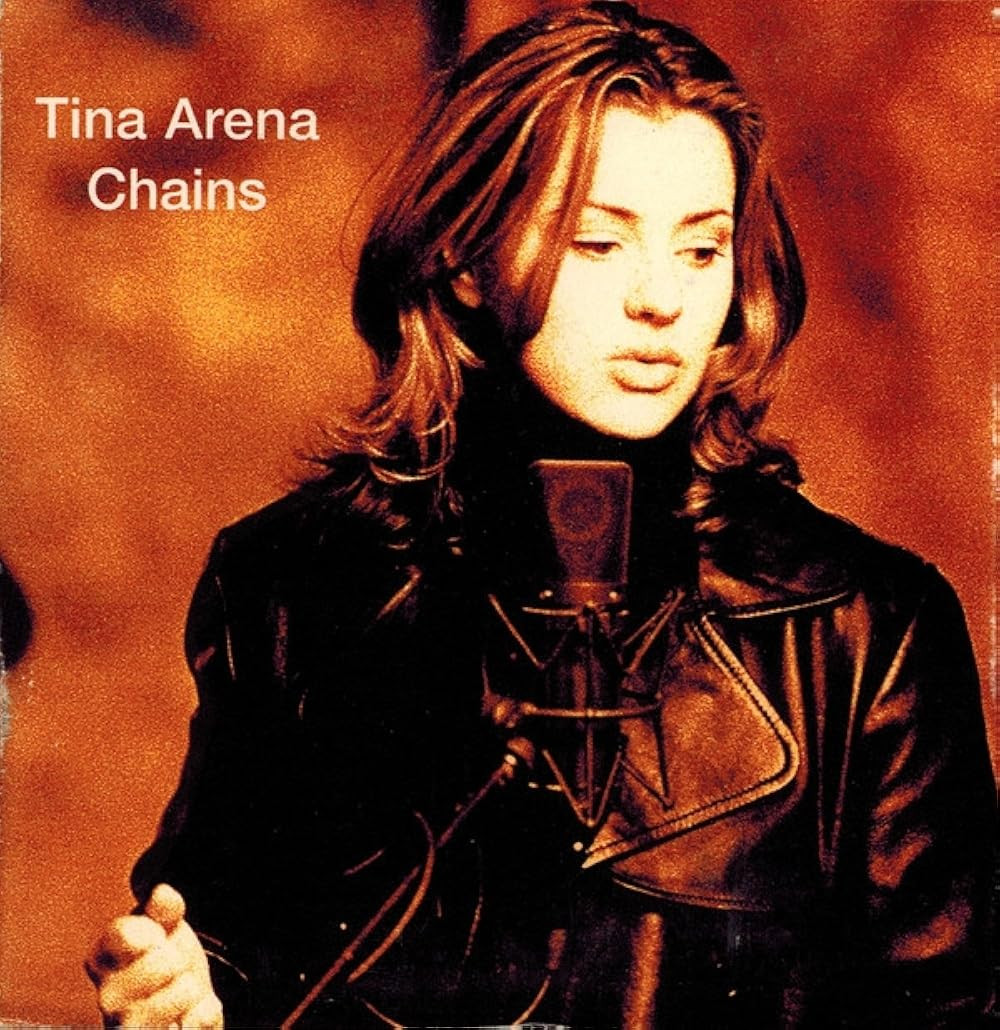Anyone who has started a band, built a business or developed a community outreach has already done the semi-impossible: They’ve gone from nothing to something. Now, how do we begin to find the best way to tell the story of that something?
Of course, the best way to tell a story depends entirely on your goals. Are you looking to get more buy-in from your current customers? Open up a new market segment? Build brand engagement? The best version of your story for each of these goals is probably going to be a bit different.
For some years now, my work has included partnering with nonprofits and community outreaches to help them identify a goal and tell a great story that aligns with it. To be clear, these are groups that are already doing fantastic work. But the right story — informed by the right goal — can help amplify impact.
From those efforts, here are three examples that bring together a goal and a clarifying question that are very likely to benefit your work as well.
• Goal: More buy-in from current customers.
• Clarifying Question: Is this the right story?
A community outreach focused on the opioid epidemic was already doing important work by distributing naloxone (brand name: Narcan), a life-saving medication that can reverse an opioid overdose when administered promptly.
But the outreach was running into a problem: although naloxone saves lives and is easy to administer, some community members felt, “That’s for drug users, which I am not. So I don’t need that.”
This was a narrative problem. Just as you probably cannot use a defibrillator on yourself while you’re having a heart attack, neither can you give yourself naloxone when you’re experiencing an overdose. This means that carrying naloxone is principally about being prepared to save the life of someone else.
So, my organization, Good Loud Media, partnered with this outreach to reframe the issue. Working with both Grammy winners and local residents, we crafted a song to tell a new story about the ease, importance and heroism of carrying naloxone to save a life.
This new story — told in song form — connected. Listeners loved it and shared it. One listener responded, “This tells me what Narcan is and why I should have it.” (We couldn’t have scripted a better comment!)
The Takeaway: For your current customers, are you telling the right story? One that addresses concerns and provokes action? You’re offering something great. If people aren’t yet embracing it, ask why not, and then tell a story that speaks to that.
The Rolling Stone Culture Council is an invitation-only community for Influencers, Innovators and Creatives. Do I qualify?
• Goal: Open a new market segment.
• Clarifying Question: Who needs to hear this story?
A well-known nonprofit was offering job training to those in economic distress. The program was effective and they wanted it to grow. But they had exhausted demand from their regular client base. This meant that they needed to identify and pursue a new market segment.
Good Loud Media has long expertise in using music radio as an outreach tool to assist those in need. Given this, we knew that heavy metal fans, a small but significant subset of FM rock radio listeners, would be ideal clients for this nonprofit. So, we worked with our radio partners to provide airtime. We crafted PSAs that spoke the language of the heavy metal world — as opposed to the nonprofit world — in order to connect new clients with these sorely needed services.
This approach worked. The nonprofit might not have imagined metal heads as a potential client base, but the overlap between program and need was strong. Unexpected customers are still customers; Slayer and Megadeth fans need access to job training, too!
The Takeaway: To find that next market segment, ask who needs it but may not yet know about it, and be open to surprising answers. Then go where those folks live and tell the right story for them.
• Goal: Build brand engagement.
• Clarifying Question: Who is the best person to tell this story?
A friend was a youth outreach worker in a challenging neighborhood of Chicago. He was helping kids make good choices and avoid becoming involved in gang organizations. We wanted to create media that would help these kids feel a greater sense of agency in their lives and share that concept with their friends, too.
Our breakthrough was simple but profound: We designed a music video that wasn’t just for the kids in that neighborhood; it starred the kids in that neighborhood. We imagined a video with big production value, but where the kids themselves were the stars, storytellers and brand ambassadors to all of their friends.
When it came time to shoot the video, we had a packed house of young people who wanted to be a part of the process and knew the music by heart. We asked the kids to showcase the positive choices they were making instead of gang involvement and they happily showed off their skills at everything from artwork to playing ball to busting out dance moves. And, critically, they couldn’t wait to show the finished product to their friends.
The Takeaway: To build brand engagement, are you using the right storyteller? Someone your customers can relate to? Someone they trust who understands their life experience? Find people with that position of influence and partner with them.
If you’ve built something new, you should be proud of it. Now, let’s figure out how to spread the word in an effective way — beginning with the right story and storytellers.
The greatest value proposition in the world still requires that the right people know about it, understand it on an emotional level and believe that it truly is for them. By examining the story, the audience and the storyteller, you can achieve the level of growth and success that you deserve.
We want to hear it. Send us a tip using our anonymous form.
Rolling Stone is a part of Penske Media Corporation. © 2024 Rolling Stone, LLC. All rights reserved.
My family has always served in the military. My father was one of six brothers. They all went to World War Two, each in a different service and theater, and all came home.
I was around 10 when my brother-in-law was in Vietnam, which was impactful, and my sister was an Air Force nurse. I always wanted to follow their example and serve in the military and was passionate about serving the United States of America as part of something bigger than myself.
Originally, I wanted to be a pilot, but I didn't realize until I went to the military recruiter that I was colorblind, so I didn't qualify for flight status as a pilot. However, I had gone through nursing school.
So, I joined the Air Force as a nurse and was assessed into its aeromedical evacuation program, which is the long-range movement of patients. This program gave me opportunities to fly, see the world, and care for wounded, ill, or injured.
After joining, I served around the globe: In Iraq in both Gulf Wars, Somalia during the 1990s, Afghanistan late in the Soviet invasion, demining missions in Vietnam and Cambodia, work in Central America, and the Global War on Terror around the world.
There are countless stories. In the 1980s, I was part of a team that aeromedically evacuated Mujahadeen and their families through Pakistan and Eastern Afghanistan to the United States and European hospitals.
During one of many missions, we evacuated Afghan children who were losing arms and eyesight due to candy and toys that the Soviets booby-trapped.
A young boy with damaged corneas was on one of the missions. During the flight, he was agitated and upset. I noticed a cassette tape in his bag and offered him the use of my Sony Walkman cassette tape player to listen to his music.
Within minutes of listening, the child relaxed and calmed. He was at peace.
It struck me that this child had lived his entire life in a combat zone; it was all he knew.
In 2001, I was working in Special Operations Command. On 9/11, I reminded my colleagues about the story from when I was on a plane with a very young Afghan boy who was at peace with war. That child and his friends of the 1980s were now adults and were extremely comfortable with war.
During my time in Mogadishu, I have a lot of memories, both good and bad. I was there for quite a while, first during the humanitarian relief effort and then as the mission extended beyond Task Force Ranger represented in the movie Black Hawk Down.
The most profound and considerable impact on me, in my young career, was during that time in Mogadishu.
I witnessed absolute human deprivation. The people of Mogadishu ran out of places to bury their dead. There was widespread hunger. There was the violence of warfare. I was not trained or prepared for what I experienced.
I came home in 1993, and my wife said: “You're different.”
This was before society had accepted talking openly about post-traumatic stress. I was also moving to a position that held a higher security clearance and great responsibility, so I just hunkered down and lived with it.
But the experience did change me. And it was just the beginning.
My son was born in 1992. When I came home from Iraq in 2004, he was 12, and he said to me: “Dad, you've changed.”
That was my last tour in Iraq, and it was tough. But by that point, people were talking about the need to seek treatment, so I went to different places to get some help. My search led to a program in Tampa at the University of South Florida, and that is where these changes became evident.
One consequence of my combat experience was that my vigilance increased, especially if there was a crowd or a lot of activity. I would become very controlling and focused on everything in the room. A friend said I'm like a sheepdog; I see chaos and want to manage it, and that's who I am.
As a combat medic by trade, my instinct is to go toward the action, make some sense out of the chaos by treating people, and continue to move forward.
I don't remember who I was before my deployments. But I feel like I've found a new normal now.
My family says I'm different, but I don't know if that's because of what I experienced or because I matured through the structure and discipline of the military and rising the ranks.
Is it because of combat? That's easy to put your finger on. But is it due to other influences?
When I left the military, I went right back and worked as a civilian for the same Special Operations Command unit that I had left. So, I was surrounded by the military in an environment that I knew.
It wasn't until I left there and came to run America's Warrior Partnership (AWP), a nonprofit supporting veterans, that the transition to civilian life hit me.
As the president and CEO of an organization in the civilian world, I just didn't know who to trust. That was my biggest struggle. I had no idea who was going to deliver, so I gave people the benefit of the doubt. But sometimes they didn't do what I needed them to.
The “zero failure” and “mission first” mentality of the military was gone.
Another time, I went to a Chamber of Commerce business meeting and found it very hard to get a read on people.
In the military, if you walk into a room full of people, you often know everyone's seniority and background because of their uniform: Rank, awards, unit, and decorations.
It was then that I came to a hard realization that most take for granted: You have to talk to people to find out information. That was one of the biggest things that struck me during my transition to civilian life.
At AWP, we feel that every veteran should be known in their community. They should be known to the nation, and they should be celebrated. And to do that, it involves finding veterans and having a conversation with them.
Our first step is to find veterans ahead of a personal crisis and build a relationship with them, educating them about and connecting them to different opportunities—work, education, health, housing, and more—to improve their quality of life.
A lot of people assume that veterans are, in some way, “broken” or “damaged goods.”
But that is not the case. Veterans may work in a different way, but we're highly functional people who are focused on leadership. We volunteer at a substantially higher rate than those who have never served in the military.
AWP also advocate for veterans when they hit a roadblock somewhere because veterans are often the worst people at advocating for themselves. They either just don't, or they do it clumsily, and don't move forward. We help them to make progress in their lives.
Importantly, AWP will work with anybody and everybody. We will collaborate with any organization or agency if it's in the best interest of the veterans and they're willing to do what they say they're going to.
If an organization promises a veteran that it will deliver a service and don't follow through on that promise, then that organization doesn't just fail AWP, it fails the veteran, and it fails the society that has promised to look after those who served.
However, AWP has been very successful in collaboration with partners, and our casework success rate is nearly 90 percent, one of the best rates among veterans groups in the nation.
America's Warrior Partnership works with partners and communities nationwide, and has programs set up in five communities throughout the United States, mostly as a bridge between community-based services and national resources.
Every day, AWP is on the ground finding and assisting veterans. The work is both rewarding and successful, and I'm proud of our team and our partners.
We also have a suicide study called Operation Deep Dive™, in partnership with Duke University School of Medicine. Operation Deep Dive™ is the first of its kind that truly knows the identity of every single service member who died in the last 10 years: Their name, cause of death, and their military history. It is an ongoing study, and at least eight states have participated or sent data to collaborate.
Whether it's a nonprofit group, local government, state government or the VA, there are a lot of groups and departments and agencies available that provide resources for veterans. But finding veterans and connecting them to resources is still a challenge—and one that AWP is trying to fix.
However, some problems in the veteran's community are structural, including some of the issues surrounding the Department of Veterans Affairs. Every part of the VA is in a silo: Health care, benefits, suicide prevention, etc.
At AWP, we approach mental health differently, as each veteran is unique and requires a “one-size-fits-one” approach. Counseling is a tool, but must be used as part of a holistic look at a veteran that also takes into consideration things like employment, transportation, financial stressors, access to health care, housing, benefits, etc.
All of that must come together, and AWP is trying to be part of the solution.
In the past nine months, AWP has identified 217 veterans who had suicidal ideation within the last 30 days. And we have served every single one of them. They're all still alive. They're all still connected.
However, 94 percent of them came to AWP not seeking mental health or behavioral health services. They came to us seeking something else, such as housing support or financial assistance.
The only way to truly reach AWP's mission of ending veteran's suicide is to attack one of it's main culprits: Hopelessness. And hopelessness isn't a mental health diagnosis. When you feel that there is no hope, that you have no way out and there's no way forward, that's tragic.
Like me, every veteran has a story. And we can, and should, give these veterans their hope back. Sometimes we need to do more to ask questions. Sometimes we need to do more to listen.
While there is a lot of work to be done, groups like AWP are out there on the front line every day doing the work, alongside our friends, partners, and the VA.
Our nation holds veterans in high regard, with good reason. Veterans are in every community across the country and are an essential part of the fabric of our national identity. We can't let them down.
Together, we can do better.
Jim Lorraine, the president and CEO of America's Warrior Partnership, served in the U.S. Air Force as a Flight Nurse with nine combat deployments and retired as the Deputy Command Surgeon for the United States Special Operations Command after 22 years of service. He became the founding director of the United States Special Operations Command Care Coalition and served as Special Assistant for Warrior and Family Support to the Chairman, Joint Chiefs of Staff.
All views expressed are the author's own.
Do you have a unique experience or personal story to share? See our Reader Submissions Guide and then email the My Turn team at [email protected].
Jim Lorraine, the president and CEO of America's Warrior Partnership, served in the U.S. Air Force as a Flight Nurse with nine combat deployments and retired as the Deputy Command Surgeon for the United States Special Operations Command after 22 years of service. He became the founding director of the United States Special Operations Command Care Coalition and served as Special Assistant for Warrior and Family Support to the Chairman, Joint Chiefs of Staff.
Jim Lorraine, the president and CEO of America's Warrior Partnership, served in the U.S. Air Force as ...


















